Since the release of its second-generation model in 2007, the Toyota Tundra has been plagued by significant transmission issues. Many Tundra owners have reported hesitation when their automatic transmission shifts gears, which can be quite frustrating. (If you're curious about other types of transmissions, such as the sequential manual transmission or the continuously variable transmission, click those links for more information.)
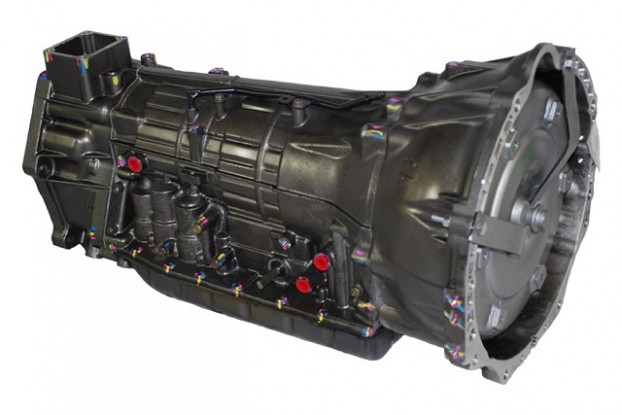
If you're facing similar issues with your Tundra, here are a few steps you might want to consider:
Transmission Fluid
Are you noticing sluggish or hesitant gear changes from your automatic transmission? Does the RPM spike before the transmission shifts to the next gear? The first thing to check is the transmission fluid level and condition. Toyota emphasizes that the transmission fluid must be at the correct level for the transmission to function properly. This fluid serves to both cool and lubricate the transmission, so it's just as important as your engine oil. Without sufficient fluid, excessive heat could lead to transmission failure.
To address potential fluid issues:
- For older-model Tundras, there’s a dipstick for the transmission that allows you to check the fluid level. If the fluid is low, simply top it off. However, if it appears discolored (fresh fluid is typically red) or smells burnt, it’s probably time to get the transmission flushed.
- In newer models, contacting your dealership is essential. These transmissions are “sealed†and lack a dipstick. Dealers need specialized tools to check and fill the transmission once it reaches a specific temperature.
- Toyota AT WS is the only fluid approved for these transmissions, and it can only be obtained from a dealership. While Toyota claims that the new automatic transmission doesn’t require servicing until 100,000 miles, many drivers find this claim questionable. Any transmission problems should be addressed by a dealership to prevent further damage and take advantage of any applicable Technical Service Bulletins.
Keep in mind that places like Jiffy Lube should be avoided when dealing with your Tundra’s transmission. Toyota has a very specific process for refilling the transmission fluid, and they explicitly state that transmissions should not be flushed—only drained and refilled.
Torque Converter
- A design flaw makes it challenging for the torque converter to disengage after a gear shift. This issue often results in the sensation that your Tundra is shuddering or that the transmission is jerking.
- Toyota has acknowledged this problem through a Technical Service Bulletin. If you're experiencing this, inform your dealer immediately to have the component replaced.
Looking Ahead
- If the issues persist even after addressing the points above, it would be wise to consult a dealership for further diagnosis. Especially if you're seeing a check engine light, abnormal vibrations, or unusual noises, professional help is recommended.
- Stay informed about Toyota’s Technical Service Bulletins. The company and its dealerships are proactive in addressing issues with the Tundra, and they’ll work with you to resolve any concerns.
Related Posts
Sizing roll, leveling roll, straightening roll, guide disc, piercing plug for tube and pipe mill
Jiangsu Taigoo New Material Co. Ltd. , https://www.spun-castings.com
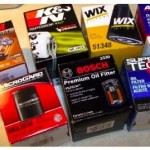 Oil Filter Comparison Determines Wix, K&N And Toyota Make Best Oil Filters
Oil Filter Comparison Determines Wix, K&N And Toyota Make Best Oil Filters
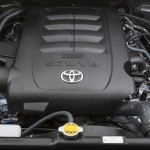 How To: Replace A Fuel Injector In Your Toyota Tundra
How To: Replace A Fuel Injector In Your Toyota Tundra
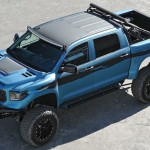 Video: Aphrodite Tundra Feature
Video: Aphrodite Tundra Feature
 2014 Toyota Tundra SR5 Is A Show Stopper
2014 Toyota Tundra SR5 Is A Show Stopper
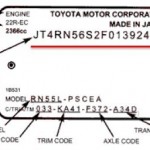 Understanding Your Vehicle Identification Number (VIN)
Understanding Your Vehicle Identification Number (VIN)
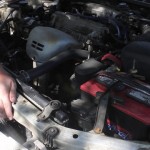 Toyota DTC Decoded: P1135
Toyota DTC Decoded: P1135